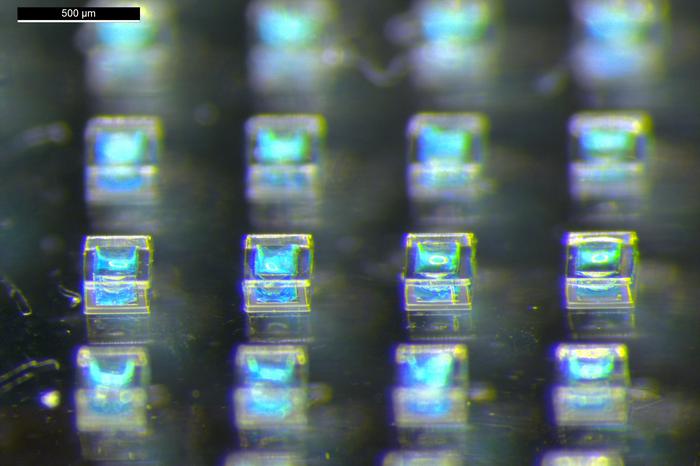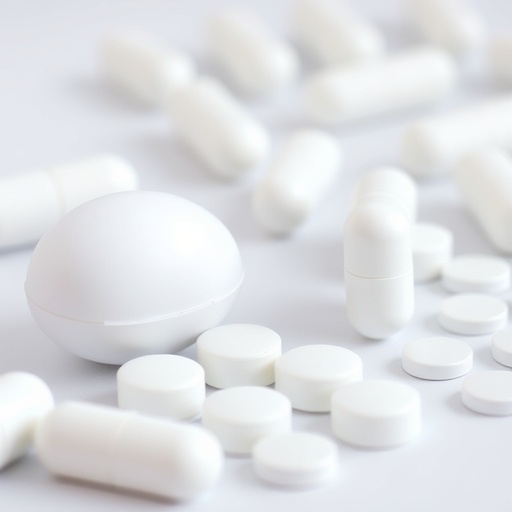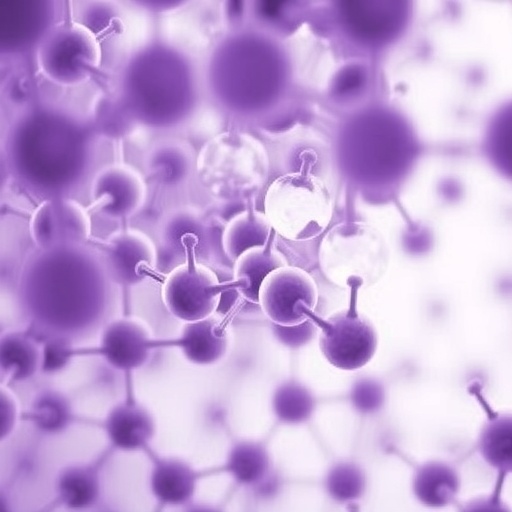In the global fight against vaccine-preventable diseases, a staggering 20 percent of children remain underimmunized, leading to approximately 1.5 million preventable child deaths annually. A significant barrier facing healthcare systems worldwide is ensuring that children complete the full course of their vaccination schedules. For roughly half of these underimmunized children, initial vaccine doses are administered, but subsequent follow-ups fail to occur. The remaining half never receive any vaccinations. Scientists at the Massachusetts Institute of Technology (MIT) have embarked on an ambitious journey to simplify this problem by developing advanced delivery systems that could transform vaccine administration forever.
MIT researchers have harnessed the potential of biodegradable microparticles capable of timed release, effectively allowing multiple vaccine doses to be delivered from a single injection. This innovation promises to eliminate the common issue of missed follow-up doses by encapsulating vaccines in polymer particles engineered to release their payloads weeks or even months apart after injection. This methodology represents a powerful leap toward “self-boosting” vaccines, where a single shot can emulate the effect of multiple vaccinations over time, drastically simplifying immunization logistics.
Demonstrating their concept in a recent study published in Advanced Materials, the MIT team successfully designed microparticles that released two doses of a diphtheria toxoid vaccine. The particles discharged one dose immediately and a second dose two weeks later. Mouse models receiving this dual-release vaccine showed antibody responses indistinguishable from those given two separate injections spaced two weeks apart. This compelling proof of concept establishes a foundation for future vaccines that can maintain efficacy while minimizing patient visits and healthcare burdens.
A critical hurdle in single-shot vaccines lies in the stability and controlled release of vaccine antigens over extended periods. In this context, the MIT researchers explored polymers with unique properties suitable for programmable, pulsatile release. Prior work at MIT had employed PLGA (poly(lactic-co-glycolic acid)) as a carrier polymer. Although PLGA particles can deliver staggered doses, their biodegradation results in an acidic microenvironment that threatens the integrity of embedded vaccines, potentially reducing efficacy.
To overcome this obstacle, the latest investigation pivoted towards polyanhydride polymers, developed originally by MIT’s Robert Langer over four decades ago. Unlike PLGA, polyanhydrides are highly hydrophobic and, upon degradation, produce minimal acidic byproducts. This characteristic is crucial for preserving the potency of sensitive vaccine antigens during the extended release period. The hydrophobic nature slows erosion, enabling more precise control over the timing and kinetics of antigen liberation.
The researchers engineered a diverse library of 23 polyanhydride polymers by varying the chemical structures and ratios of two monomer components. Each polymer type was systematically scrutinized for its thermal stability at slightly elevated temperatures (around 104°F or 40°C) and suitability for microparticle fabrication using a proprietary “stamped assembly of polymer layers” (SEAL) process. This novel fabrication technique uses silicone molds to form cup-shaped particles that are filled with vaccine before sealing with a polymer cap. Only polymers that exhibited mechanical robustness and reliable sealing were selected for further testing, narrowing the candidates to six top-performing materials.
Tailoring these six polymers, the team developed microparticles programmed to release a delayed dose of diphtheria toxoid two weeks post-injection. These particles were co-administered with immediate-release vaccines in mouse models. Serological analyses four weeks after administration revealed antibody titers comparable to those induced by the conventional two-dose regimen, validating the functionality of this self-boosting vaccine delivery system.
Beyond physical experiments, the group integrated machine learning to accelerate polymer screening. By inputting variables such as monomer type, composition ratio, molecular weight, and vaccine loading capacity, a predictive model was trained to forecast degradation timelines and corresponding release profiles. This approach enabled rapid in silico evaluation of nearly 500 potential polymer candidates, guiding experimental efforts towards the most promising formulations. Subsequent validation in buffer solutions confirmed the model’s accuracy, demonstrating the power of computational tools in streamlining biomaterial development.
Looking forward, such machine learning-driven frameworks could be instrumental in engineering microparticles that release their payloads over significantly extended timeframes—spanning months or even years. Extending the release interval would be a game-changer for childhood vaccines traditionally requiring multiple doses over prolonged schedules, such as those for polio. This capability could facilitate single-administration vaccines that confer long-lasting immunity, dramatically improving global vaccination coverage.
Adjustments to polymer chemistry offer pathways to further modulate release kinetics. For example, increasing molecular weight or enhancing polymer hydrophobicity could slow erosion rates, while incorporating cross-linking agents might prolong particle retention and delay antigen release. These chemical modifications provide a versatile toolkit for designing delivery platforms tailored to specific vaccine schedules and pharmacodynamics.
These microparticles are not limited to diphtheria or childhood immunizations. The researchers envision extending this technology to a wide array of vaccines and therapeutics, particularly where antigen stability and acidity intolerance pose formulation challenges. The platform could be adapted for small molecules or biologics requiring multiple doses or durable presence in the body, addressing challenges beyond conventional vaccination.
According to lead author Linzixuan (Rhoda) Zhang and senior investigator Ana Jaklenec, the long-term goal is to make immunization more accessible, especially for populations with limited healthcare infrastructure, including rural areas of developed countries and resource-constrained regions globally. By reducing the necessity for repeated healthcare visits, these innovations hold potential to diminish disparities in vaccine coverage and ultimately save millions of lives.
The successful convergence of material science, innovative fabrication methods, immunology, and computational modeling represented in this work exemplifies the multidisciplinary efforts required to tackle complex global health issues. This leap forward in programmable vaccine delivery heralds a new era where vaccines are not only potent and safe but also smarter and significantly more convenient to administer on a global scale.
Subject of Research: Development of polyanhydride-based polymer microparticles for timed, pulsatile release of diphtheria toxoid vaccine to enable single-injection self-boosting immunization.
Article Title: Polyanhydride-Based Microparticles for Programmable Pulsatile Release of Diphtheria Toxoid (DT) for Single-Injection Self-Boosting Vaccines
News Publication Date: 15-May-2025
Web References:
DOI: 10.1002/adma.202501168
Image Credits: MIT
Keywords: Health and medicine, Preventive medicine, Vaccination, Vaccine introduction, Clinical medicine, Drug delivery, Drug delivery systems, Microparticles
Tags: advanced materials in vaccine developmentbiodegradable vaccine microparticlesenhancing global immunization effortsimproving vaccination compliance in childreninnovative vaccine administration methodsminimizing follow-up vaccination shotsMIT vaccine research breakthroughsmulti-dose vaccine delivery systemsovercoming vaccine distribution challengespolymer-based vaccine encapsulationreducing child underimmunization ratesself-boosting vaccines technology





